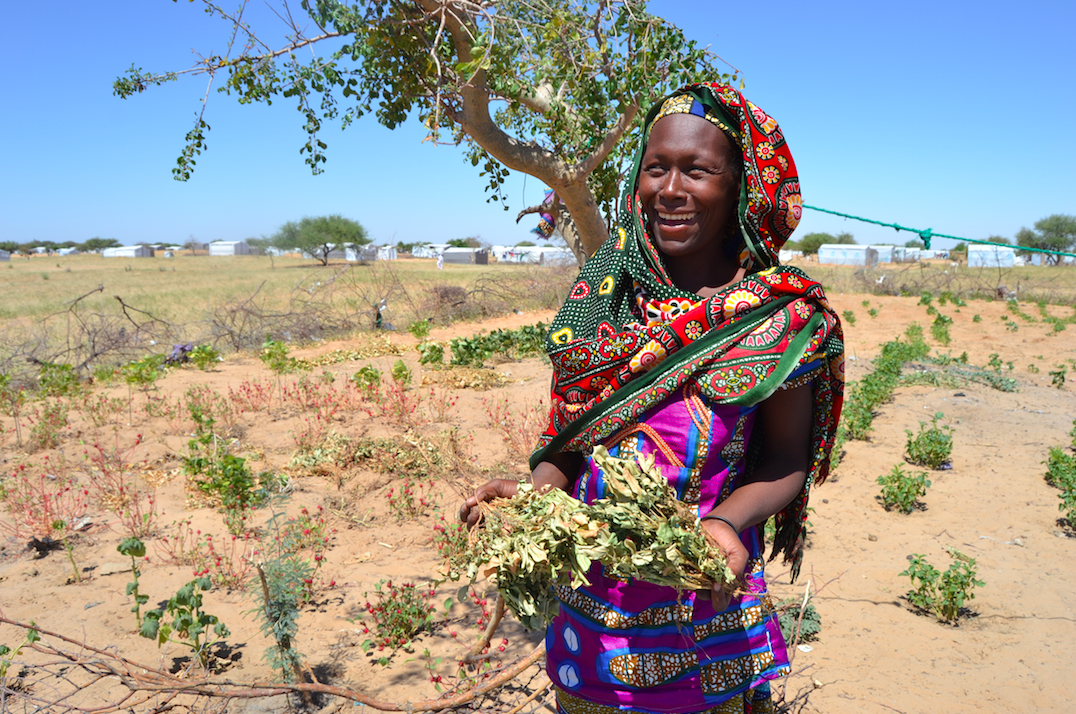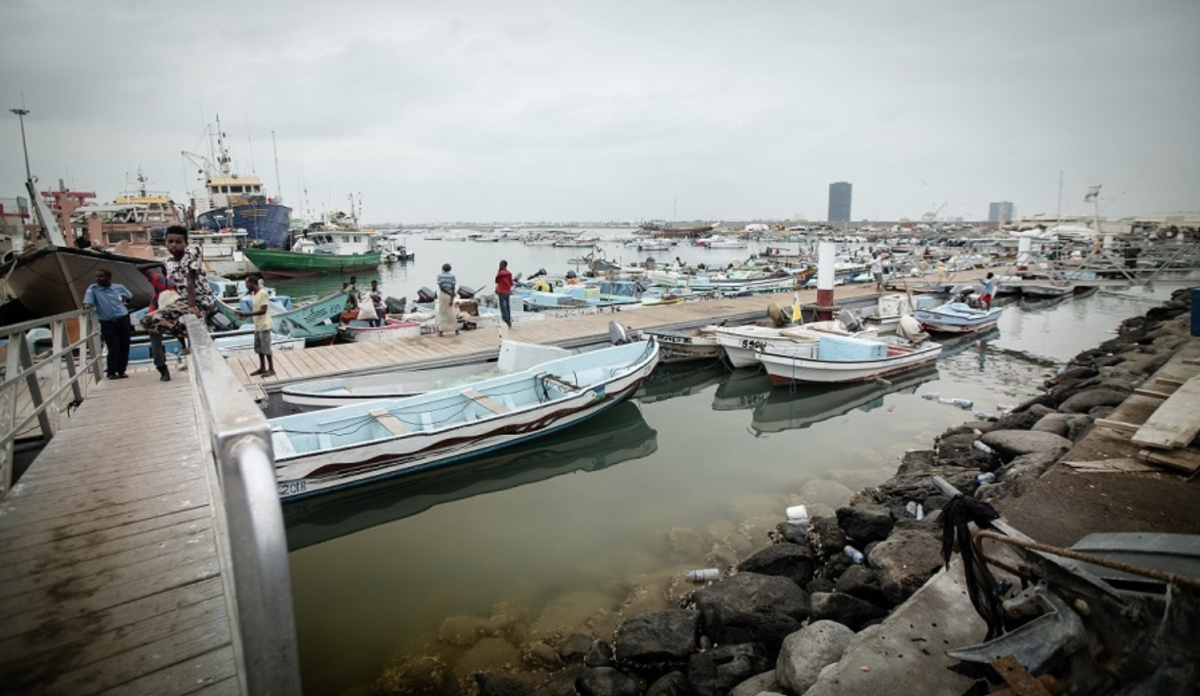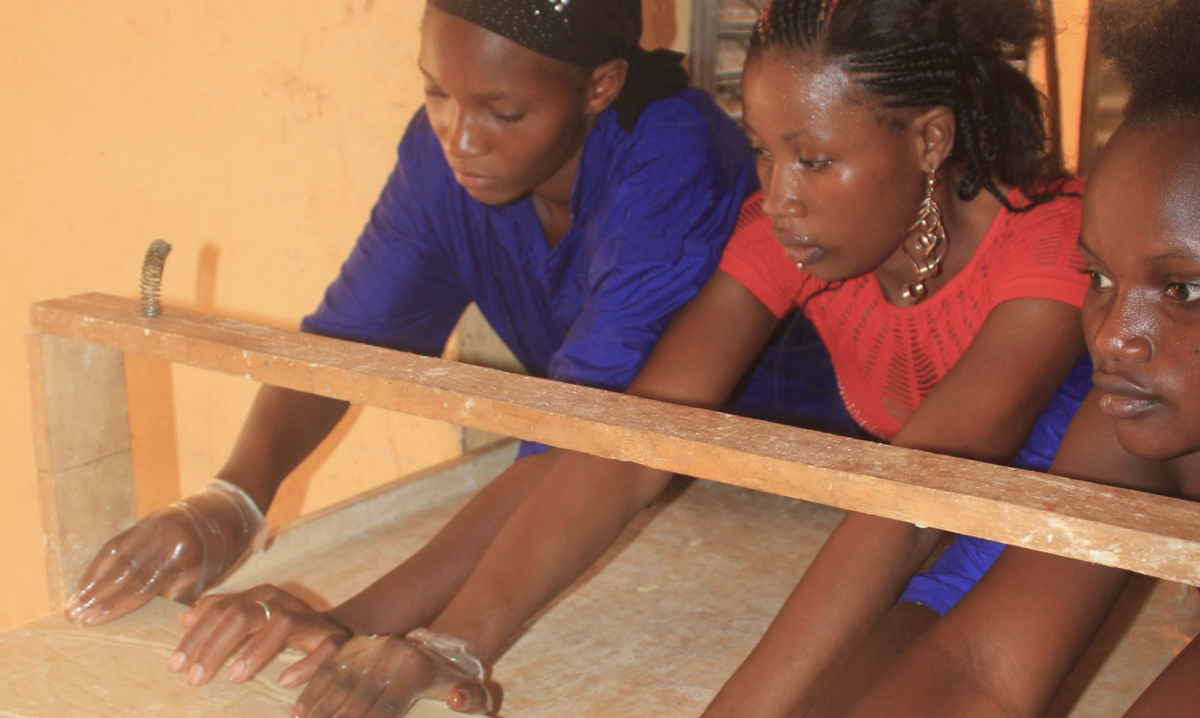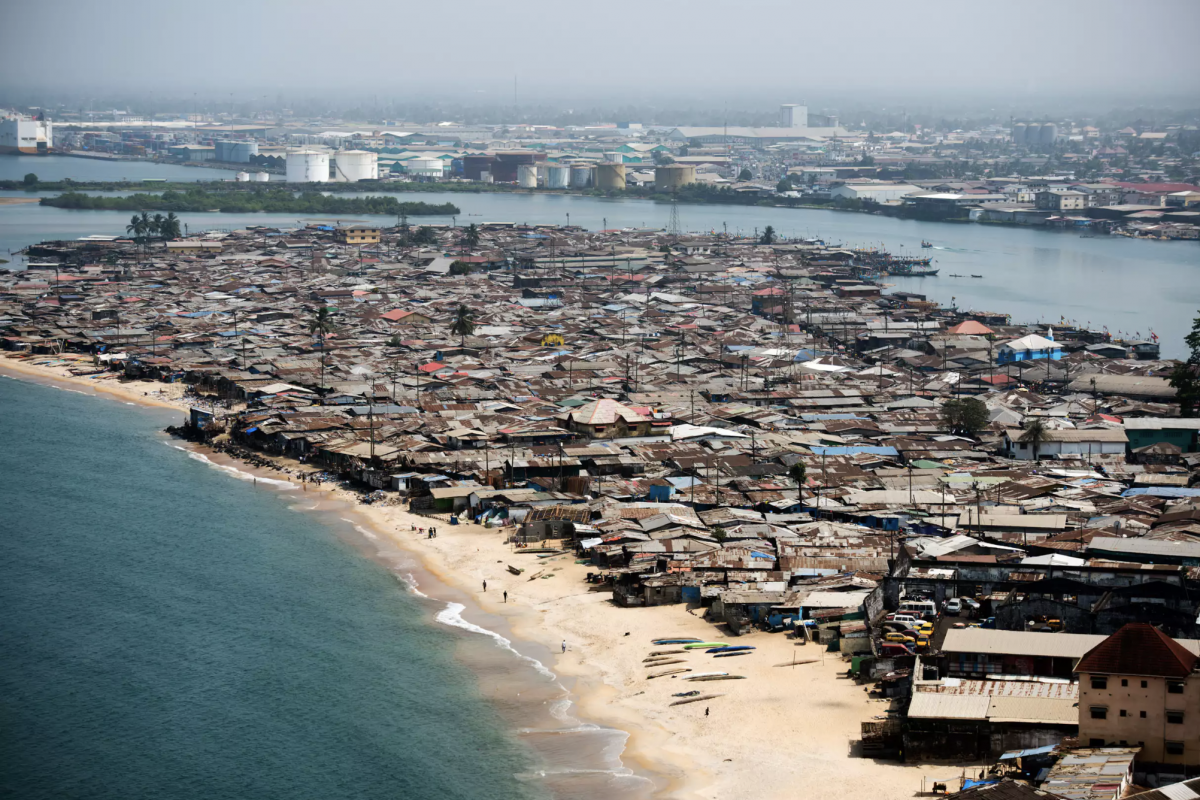Supporting Chad to advance their NAP process
Project Overview

Country background, Sustainable Development Goals and Paris Agreement
The Republic of Chad is located in north-central Africa and is dominated by the Saharan desert, covering half of its 1,284,634 km2. The Sahelian ecological zone runs through the center of the country, and is characterized by poor soils and scrubland. In the south, the wetter Sudanian savanna zone is dominated by forest and wooded savannah. The country’s unique position within the Middle Africa region aligns it with both the Congo Basin and the Sahel (as a member of both the Central African Forests Commission and the Permanent Interstate Committee for Drought Control in the Sahel). Landlocked, the country is home to about 15.4 million people (2018 estimate), with only 28 percent of the population lives in urban areas.
According to the IPCC, Chad is projected to experience a moderate increase in temperature of between 0.6 and 1.3 Celsius (under a medium warming scenario) by 2023 and 1 to 2.5 Celsius of warming expected by 2050. It is expected that the number of “hot” days and nights will increase, while there will be a decrease in the number of “cold” days and nights. With respect to precipitation changes, model simulations for the Sahel remain widely divergent; some models estimate that mean annual precipitation could decrease by up to 28 percent, while others suggest that it could increase by up to 29 percent by the 2090s. A significant increase in extreme rainfall events (greater than 50 mm in the maximum five-day precipitation) has also been projected—a change that could increase runoff and flooding conditions.
In September 2015, Chad submitted its Nationally Determined Contribution to the UNFCCC. In order to provide a better living environment for Chadians, the government has drawn up "Vision 2030, the Chad we want," which is broken down into three national development plans. The first, covering the period 2017-2021. Chad, through its commitment, will pursue efforts to reduce social inequalities and improve the wellbeing of populations, protect the environment and economic diversification. In response to these expected climate change impacts, the United Nations Development Programme is working with the Government of Chad to implement The Chad National Adaptation Plan Advancement Project is intended to integrate climate change adaptation into medium- and long-term planning and budgeting of climate-sensitive sectors. Chad’s NAP will be anchored in the Chadian Vision 2030 and contribute to the effective integration of adaptation. It incorporates priorities including new productive capabilities and opportunities for the creation of decent work, the development of human capital, the fight against desertification, environmental protection, and adaptation to climate change and improved governance. Under the first component in the NAP, it includes the development of integrated information systems and a climate and socioeconomic database, the project will support planning and decision-making based on scientific evidence. As a result, Chad will be endowed with a national framework able to produce forecasts and assess the vulnerability of production systems to the adverse effects of climate change. In addition, Chad is receiving support from UN Environment to access funding from the Green Climate Fund on adaptation planning.
How has the NAP-GSP supported to date?
|
Supported the NAP regional workshop |
In 2014, Chad attended the NAP-GSP Francophone Africa Regional Training Workshop, Addis Ababa, Ethiopia to share best practices from countries in the region. Key stakeholders from Chad identified six barriers for implementing the NAP during the project-planning meeting held on 26 May 2017 in N'Djamena.
|
|
Supported the formulation of a Roadmap |
In Chad, a basic need for analysis was identified, the NAP GSP supported Chad carry out the preparations for a road map for conducting the NAP process.
|
|
Helped build capacity for accessing climate financing for launch of NAP
|
The government of Chad launched their NAP project at the end of 2019. The NAP project is implemented by the Ministry of the Environment and Fisheries in Chad and is funded through the Global Environment Facility LDC Fund. It was developed with the support of the NAP-GSP. |
News
Vers une atténuation et une acclimatation du Tchad aux effets du changement climatique
Le Plan National d’Adaptation au changement climatique (PNA) opérationnel dans la zone méridionale - February 2020 - Permettez-moi de remercier l’équipe du PNA pour avoir lancer le projet dans la zone soudanienne et de proposer cette formation sur le changement climatique. Pendant longtemps, on a pensé que le changement climatique est une affaire des autres et qu’on ne peut pas être touché. On s’est rendu compte maintenant que le changement climatique est un phénomène réel qui affecte tout le monde.
Lancement du « Plan National d’Adaptation aux changements climatiques » - Octobre 2019 - Le PNUD et le Ministère de l’Environnement, de l’Eau et de la Pêche, ont lancé officiellement le projet « Plan National d’Adaptation aux changement climatiques » (PNA), ouvrant sa mise en œuvre à l’échelle nationale.
 The journey of Chad’s National Adaptation Plan towards implementation
The journey of Chad’s National Adaptation Plan towards implementation  Vers une atténuation et une acclimatation du Tchad aux effets du changement climatique
Vers une atténuation et une acclimatation du Tchad aux effets du changement climatique  Le Projet Plan National d’Adaptation aux Changements Climatiques du PNUD TCHAD couvre désormais toutes ses zones d’intervention
Le Projet Plan National d’Adaptation aux Changements Climatiques du PNUD TCHAD couvre désormais toutes ses zones d’intervention 



















